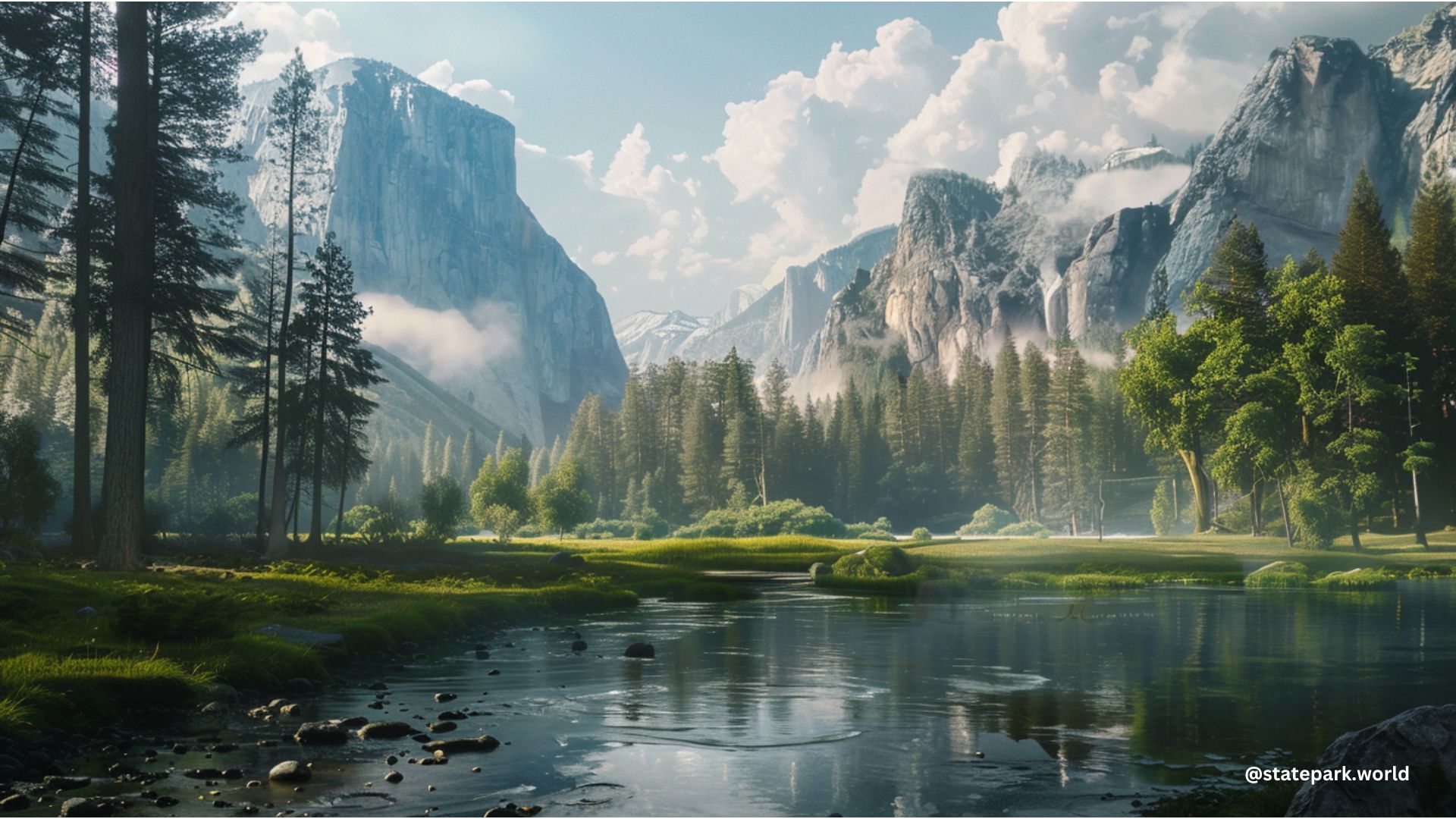Yosemite National Park is a natural wonder that boasts an impressive elevation range, from 2,127 feet (648 m) to 13,114 feet (3,997 m). This vast difference in altitude creates a diverse array of ecosystems and habitats, each with its unique flora and fauna. Whether you’re a seasoned hiker or a nature enthusiast, understanding the park’s elevation is crucial for planning a safe and enjoyable visit.
The Exact Yosemite National Park Elevation
Yosemite National Park’s elevation ranges from a low of 2,127 feet (648 m) in the Yosemite Valley to a high of 13,114 feet (3,997 m) at the summit of Mount Lyell, the park’s highest point. This expansive elevation range is a result of the park’s diverse geological history, which includes the formation of the Sierra Nevada mountains and the carving of the Yosemite Valley by glaciers.
Vegetation Zones of Yosemite National Park

The park’s varied elevation creates five distinct vegetation zones, each with its own unique ecosystem:
-
Chaparral and Oak Woodland (2,000 – 4,000 feet): This zone is characterized by drought-resistant shrubs, such as manzanita and scrub oak, as well as scattered oak trees.
-
Lower Montane Forest (4,000 – 7,000 feet): This zone is dominated by ponderosa pine, incense cedar, and black oak, with a diverse understory of shrubs and wildflowers.
-
Upper Montane Forest (7,000 – 9,000 feet): This zone is characterized by the presence of lodgepole pine, red fir, and western white pine, as well as subalpine meadows.
-
Subalpine Zone (9,000 – 11,000 feet): This zone is dominated by whitebark pine, mountain hemlock, and alpine meadows, with a shorter growing season and harsher environmental conditions.
-
Alpine Zone (above 11,000 feet): This zone is characterized by sparse vegetation, including low-growing plants and lichens, and is home to some of the park’s most unique and fragile ecosystems.
Wildlife of Yosemite National Park
The park’s diverse elevation and vegetation zones support a wide range of wildlife, including over 250 species of vertebrates. Some of the notable species found in Yosemite include:
- Fish: Rainbow trout, brown trout, and brook trout
- Amphibians: Pacific tree frog, Yosemite toad, and mountain yellow-legged frog
- Reptiles: Garter snake, western fence lizard, and Sierra alligator lizard
- Birds: Bald eagle, peregrine falcon, and Clark’s nutcracker
- Mammals: Black bear, mule deer, coyote, and the elusive Sierra Nevada bighorn sheep
Adapting to Yosemite’s Elevation
Visitors to Yosemite National Park should be aware of the potential effects of the park’s elevation on their bodies. Altitude sickness can occur at elevations as low as 5,000 feet, causing symptoms such as headaches, shortness of breath, and fatigue. To mitigate these effects, it’s recommended to acclimate gradually by starting your explorations in the lower-elevation areas of the park, such as Yosemite Valley and Hetch Hetchy, and gradually working your way up to the high country.
Staying hydrated is also crucial, as dehydration can exacerbate altitude sickness. If you plan to spend a significant amount of time hiking in the high country, it’s advisable to consult with a healthcare professional before your trip and to listen to your body, resting if you feel woozy or fatigued.
Exploring Yosemite’s Elevation Diversity
Yosemite National Park’s elevation range offers visitors a unique opportunity to experience a wide variety of landscapes and ecosystems. From the lush, forested valleys to the rugged, snow-capped peaks, the park’s diverse elevation creates a truly awe-inspiring natural environment.
Whether you’re a seasoned hiker, a nature photographer, or simply a lover of the great outdoors, Yosemite’s elevation diversity is sure to captivate and inspire. So pack your bags, lace up your hiking boots, and get ready to explore the breathtaking landscapes of this iconic national park.

